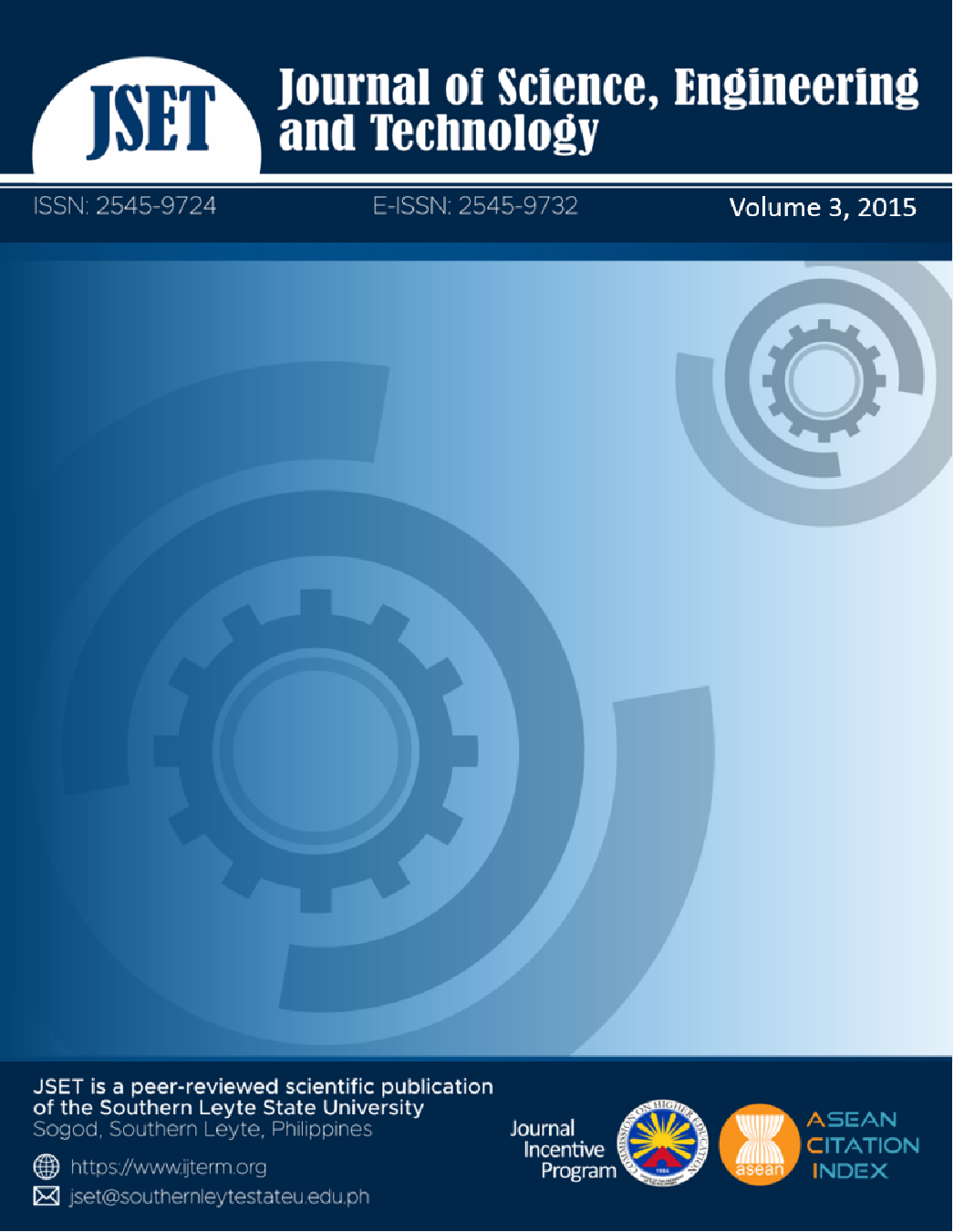Biogas Production of Selected Animal Wastes
DOI:
https://doi.org/10.61569/k263qd95Keywords:
Biomass, anaerobic fermentation, decomposition, slurry mixture, biogas yield, digesterAbstract
Anaerobic process of digesting animal wastes is traditionally used for achieving biogas for energy production. The impact of this biogas technology leads to this investigation using different animal waste treatments in order to produce useful gas for cooking in the kitchen. Carabao manure and chicken dung at different volumetric ratio were used in this study to measure the gas production of the different treatments. The mixing ratio of chicken dung to carabao manure used in the study were 100:0, 75:25, 50:50, 25:75 and 0:100 mixing of treatments within the dextrose bottle as digester. Water was 25% volume mixed to the slurry. The mixture of animal wastes produced significant volume of biogas. The carabao manure and chicken dung were determined on a weekly basis. The volume ratio of 25% chicken dung and 75% manure yield the highest biogas production during the 4th, 5th and 6th week of decomposition having value of 6,390 ml, 8,817.50ml and 10,815ml, respectively. The weekly biogas yield was influenced by carbon/nitrogen ratio and pH level affecting the decomposition stage of the wastes mixture. The pH values of the different treatments ranged from 6.32 to 7.15 and it had least effect of decomposition during initial stage. The wastes mixture had mesophilic temperature of 350C. Decomposition of animal wastes inside the digester is recommended for a longer period to really ferment the wastes and to maximize gas production.
Downloads
Published
Issue
Section
License

This work is licensed under a Creative Commons Attribution 4.0 International License.
This is an open access article distributed in accordance with the Creative Commons Attribution 4.0 Unported (CC BY 4.0) license, which permits others to copy, redistribute, remix, transform and build upon this work for any purpose, provided the original work is properly cited, a link to the license is given, and indication of whether changes were made. See: Creative Commons Attributions 4.0 International License.








